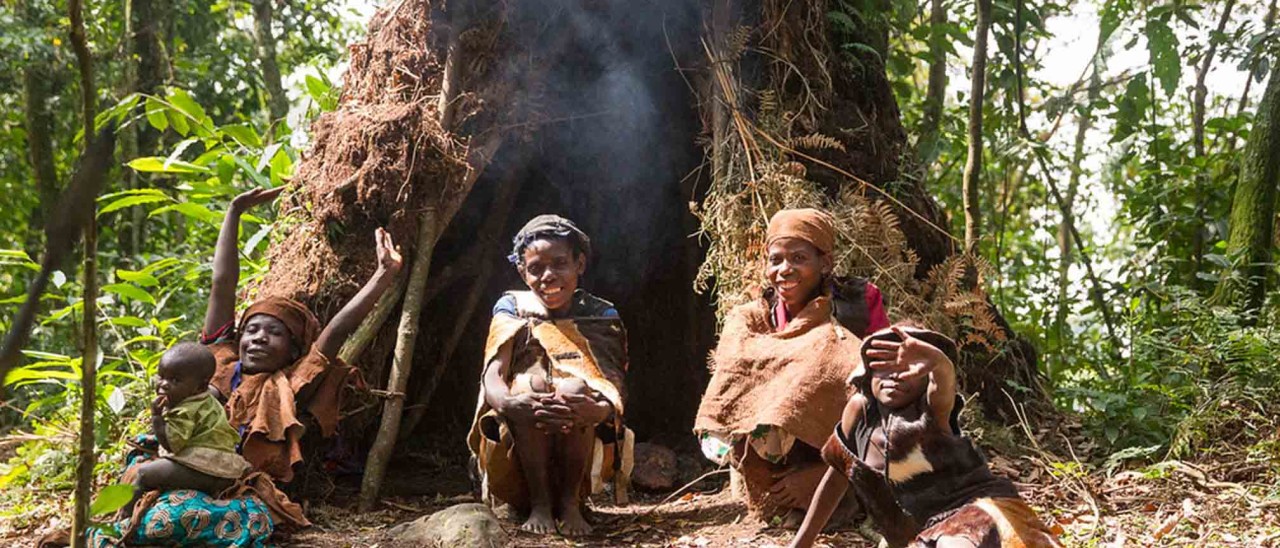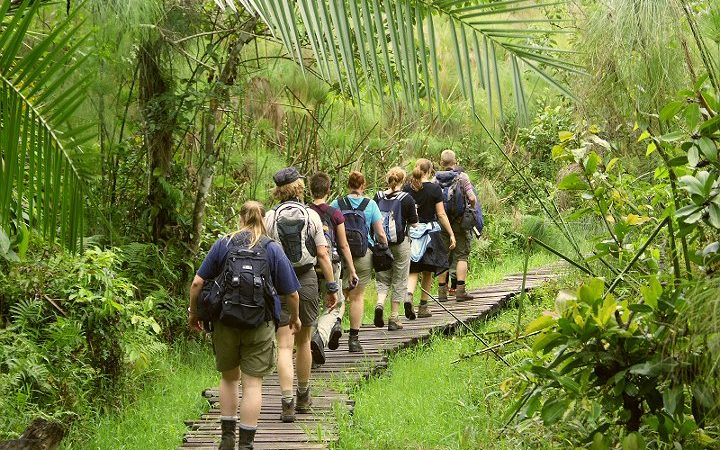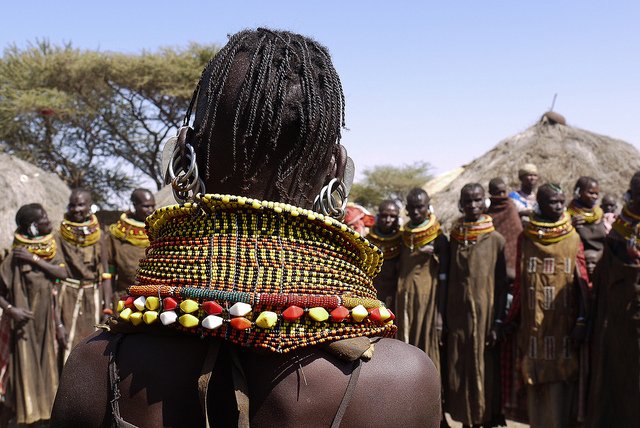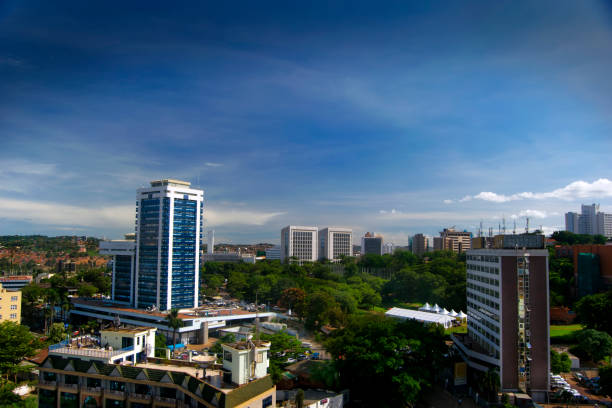Uganda Cultural Experiences
Cultural Tours in Uganda | Top Uganda safari cultural experiences
Cultural tours in Uganda offer a once in a life time experience the showcases the way of living of Ugandans in terms of music, dance, drama, cuisines and much more. while on your safari to Uganda, the major cultural tours and experiences that you might encounter include but are not limited to the Bigodi swamp walk in Kibale national park, the Batwa/ pigmies cultural experiences in Bwindi and the Ik, Karamojongs and Jiye tribes experience in the Karamoja sub region. Other cultural tours in Uganda include the Buganda kingdom, visiting Ewaffe cultural village, Ndere center for traditional dances and community visits among others.

Top Cultural Experiences to encounter on a safari in Uganda.
There is a lot of cultural experiences you can enjoy during a safari in Uganda and these include the following;
The Batwa cutural experience (Bwindi)
The Batwa are the original inhabitants of the Bwindi Impenetrable forest of south western Uganda who were expelled from the forest as a result of Bwindi being gazetted as a national park in the 90’s. They now live in a marginal existence battling to conserve their traditional culture and visiting them is such a fascinating cultural encounter that will leave you with great memories. From their way of dressing and housing to how they make fire for cooking and warmth, this cultural experience is worth and encounter.
Bigodi cultural walk (Kibale)

The bigodi wetland community is located 6 kilometers from Kibale National Park. The bigodi wetlands sanctuary offers great cultural experiences during the guided nature walks where you will find out more about the background and traditional lives of the elderly men and women. Knowledge about the traditions and challenges experienced is shared during the community walk and through out the cultural tour, field guides are available to answer and queries.
Karamojong, Ik and Jiye Tribes (Kidepo)

Visiting the Karamoja sub-region in northeastern Uganda offers a deeply personal glimpse into the lives and traditions of the Karamojong, Ik, and Jiye communities. The Karamojong, known for their close connection to cattle, live a vibrant, communal life centered around their kraals. Their colorful beadwork, traditional dances, and warm hospitality provide a genuine welcome to outsiders curious about their way of life. High in the mountains, the Ik people are a small, resilient community whose daily lives revolve around farming, gathering, and maintaining their unique traditions in a remote and stunning landscape. Meanwhile, the Jiye, proud pastoralists, have rich traditions of storytelling, ceremonies, and family bonds that reveal their enduring connection to their animals and land. Spending time with these communities offers not just a cultural experience but an opportunity to connect with their humanity and heritage.
Urban Uganda (Kampala Capital)

Kampala, Uganda’s bustling capital, is a city full of energy and character. From the vibrant marketplaces brimming with colors and aromas to the boda bodas winding through the streets, it’s a place where the enthusiasm is infectious. You’ll find history around every corner, with sights like the Kasubi Tombs and the Namugongo Martyrs’ Shrine offering a peek into Uganda’s past. Whether buying food from a street seller or eating a dinner in a local restaurant, the culinary culture is as alive as the city itself. However, Kampala is really unique because of its people, who are friendly, hospitable, and constantly full of stories.
Other Cultural Experiences to encounter on a safari in Uganda.
Traditional Music and Dance
One of the most vibrant aspects of Ugandan culture is its traditional music and dance. Each ethnic group in Uganda has its own distinct style of music and dance, often accompanied by traditional instruments such as drums, xylophones, and harps.
The Baganda people, are renowned for their energetic dances like the “Gwanga Mujje” and “Amaggunju.”. The Acholi people have their own unique dances like the “Bwola” and “Larakaraka,” while the Karamojong people showcase their traditional dances during events like cattle raids or weddings.
Visitors can witness these captivating performances at cultural centers like the Ndere center, festivals, or even during community celebrations.
The Ndere Cultural Center in Kampala is a hub of traditional music, dance, and storytelling. Visitors are treated to energetic performances showcasing dances from Uganda’s various tribes, complete with vibrant costumes and traditional instruments like drums and xylophones. It’s an exciting and educational way to experience Uganda’s diverse cultural rhythms.
Traditional cuisine
The Ugandan cuisine reflects the country’s cultural diversity and is an integral part of experiencing the local culture.
The staple food varies for the different tribes in Uganda and for the Baganda, they are known for matooke, a type of green banana that is steamed and mashed. It is often served with various stews such as groundnut sauce, beef stew, or fish stew.
Other popular dishes of the Baganda include luwombo (a traditional dish made with meat or chicken cooked in banana leaves), which is usually served during ceremonies like marriage ceremonies.
Visitors can savor these traditional dishes at local restaurants or even participate in cooking classes to learn how to prepare them with the locals in their villages or homesteads.
Traditional crafts and art
Uganda is known for its vibrant arts and crafts scene, with each ethnic group having its own unique artistic traditions.
The Buganda kingdom, for example, is renowned for its bark cloth making, a traditional craft where the inner bark of the mutuba tree is beaten into a soft fabric used for clothing, wall hangings, and ceremonial purposes.
The Karamojong people are skilled in beadwork and produce intricate jewelry using colorful beads. Visitors can explore local markets and craft centers to purchase these handmade crafts as souvenirs or witness artisans at work.
Some of the cultural tours in Uganda include the following;
Cultural sites in Uganda
Uganda is home to several cultural heritage sites serve as important cultural landmarks and offer visitors an opportunity to learn about Uganda’s past.
The Kasubi Tombs found in Kampala, is one of the cultural sites in Uganda and these tombs are the burial grounds of the Buganda kings and offer a glimpse into the rich cultural heritage of the Baganda people.
The Nyero Rock Paintings in Kumi District showcase ancient rock art created by early inhabitants of the region thousands of years ago.
Mparo tombs are a burial site for the Bunyoro Kingdom and they are found in Hoima district in western Uganda.
Nagalabi Coronation Site is the coronation site for the Buganda kingdom and is found along the Kampala-Masaka highway.
Nkokonjeru Tombs are the burial grounds of the kings of the Ankole kingdom ad are found in Mbarara district in western Uganda.
Karambi tombs are the burial grounds for the kings of the Toro kingdom and are located in Fort Portal in western Uganda.
Mugaba Palace is an important cultural site for the Ankole kingdom.
Bulange is the administrative headquarters of the Buganda kingdom and is the Buganda parliament.
Tribes in Uganda
There are about 56 tribes in Uganda and they are found across northern Uganda, eastern Uganda, central Uganda and western Uganda.
The tribes in Uganda include Baganda, Banyankole, Acholi, Alur, Lugbara, Iteso, Langi, Karamojong, Batoro, Basoga, Bagisu, Bakiga, Bagwere, Bakonjo, Banyoro, Japadhola, Bagungu, Bagwere, Sabiny, Bakonzo, Banyole, Bakiga, Basamia, Madi, Bafumbira among others.
The tribes in Uganda belong to different ethnic groups such as the Bantu, Hamites and also the Nilotes.
Historical sites in Uganda
Uganda has a rich historical past that dates back centuries. Historical tours in Uganda offer visitors a chance to explore ancient kingdoms, archaeological sites, colonial-era landmarks, and important historical events.
Another important historical site is the Uganda Martyrs Shrine in Namugongo, which commemorates the execution of 22 Christian converts during the reign of Kabaka Mwanga II in the late 19th century. This site holds religious significance for both Catholics and Anglicans and attracts pilgrims from around the world.
Fort Lugard is a historical site which was a colonial administrative site in Uganda for the British and it was built by Captain Fredrick Lugard.
Uganda museum is located in Kampala and is the oldest and largest museum in the country. This Museum serves as a safeguards Uganda’s cultural heritage and history, showcasing various artifacts, exhibits, and collections that provide insights into the country’s rich and diverse cultural heritage.
